
New to RVing? Learn About the Basics
New to RVing? Learn About the Basics
Gain a better understanding of the #RVLife and how to get the most out of your Winnebago.
By: GoLife Staff

Whether you are a prospective RVer, first-time buyer, or re-acquainting yourself with having a rolling home, we’re excited to welcome you to this exciting lifestyle and kind community of travelers. We hope this beginner guide will help you have a better understanding of some of the terms and aspects of the RV life. Plus, all the fun benefits that come with it!
[Note: If you are already an RVing pro, this is a great article to send to that loved one you’ve been trying to convince to join you on the road!]
Intro to RV Life
For an entertaining look into what owning an RV is like, be sure to check out this fun video that shares some of the basics we’ll be covering in more detail in this article, as well as glimpses of other owners enjoying their rolling home in various ways.
Benefits of RVing
One of the primary benefits of traveling by RV that many RVers rave about is the ability to get closer to nature while still having many (if not all) comforts of home. From national parks to roadside attractions and even remote locations away from it all – there are countless opportunities to explore.
Traveling by RV is also a great way to adventure as a family since you can have access to a bathroom and kitchen during your entire trip – something that has been especially helpful during the pandemic. Even infants can join in on the RVing fun, with a little additional planning and precautions.
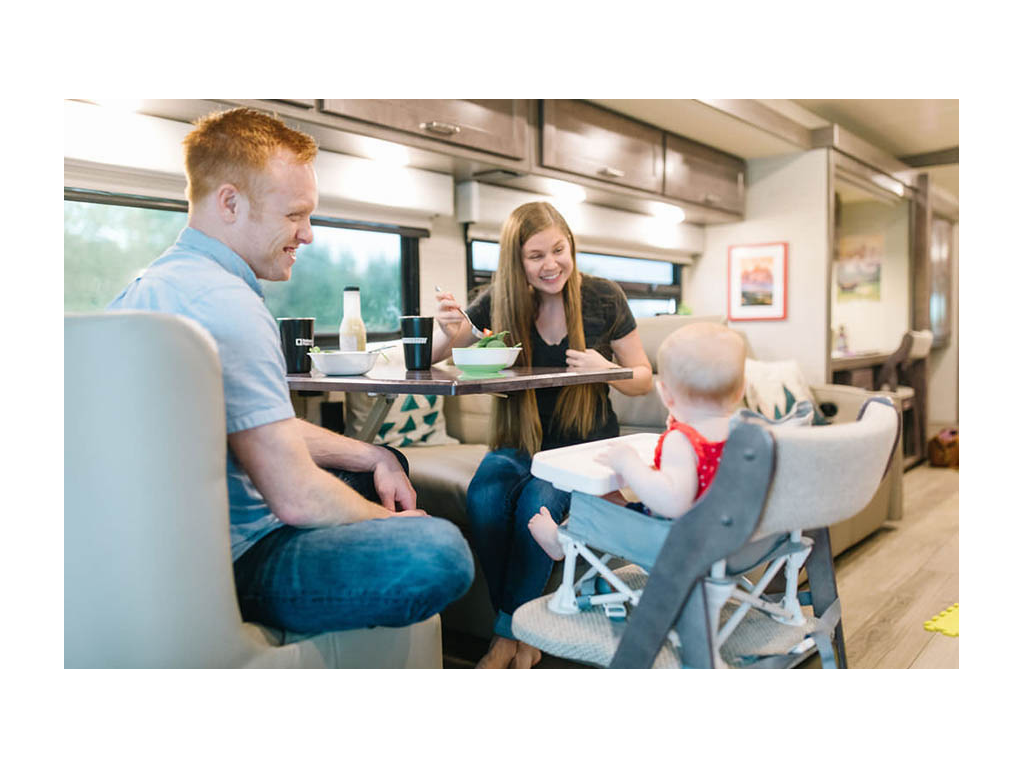 Photo by Heath & Alyssa Padgett.
Photo by Heath & Alyssa Padgett.
While traveling, many people meet other RVers who become part of their rolling community. It’s not uncommon to hear of a caravan of friends off on an epic road trip together! However, if solitude is what you are after, you will be able to find that with ease as well. Of course, bringing your favorite furry friend with you on an RV trip is another perk that RVers take advantage of.
As RVs have evolved, so have how people use them. RVing really can be for anyone (even non-campers!) and it is easily adapted to your style. Many RVers, especially full-timers, have even adjusted to successfully working from their rolling homes!
Of course, how you plan to use your RV will determine which one is best for you and which features will be top of your must-have list.
Types of RVs: Motorhomes & Towables
Before deciding which rolling home is right for you, it can be helpful to familiarize yourself with the various options: from drivable to towable, gas or diesel, and off-road or luxury. RVs differ greatly in length, features, and floorplans. Winnebago also has a dedicated accessibility enhanced line to offer top-of-the-line features for accessible travel.
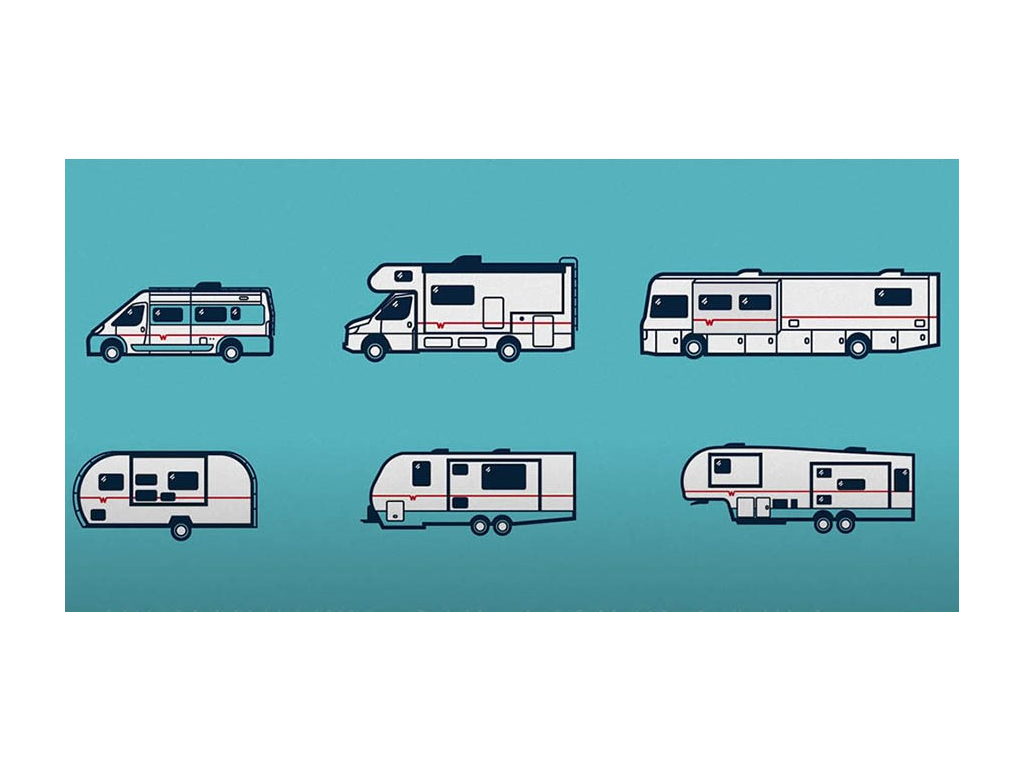
Familiarizing yourself with the various RV types is the first step in deciding on your rolling home:
| Type of RV | Length* | Key Features | Winnebago Examples |
|---|---|---|---|
|
Class A Motorhome
|
Longest motorhome option: 28’5’’ to 41’4’’ |
Often more luxurious with many comforts of home, flexible floorplans, multiple slide outs, and extra storage space. |
|
|
Class B Motorhomes (CamperVans) |
Shortest motorhome option: 19’7’’ to 25’6’’ |
With the smallest footprint, these are better suited to fit in smaller spaces or for off-road adventures. |
Solis (gas with pop top) & Revel (diesel with off-road features) |
|
Class C Motorhome |
Mid-range motorhome option: 23’2’’ to 32’9’’ |
Usually has ‘cab-over space’ used for a bunk, making it popular for families. |
|
| Travel Trailer |
Shortest towable option: 19’4.5’’ to 38’11’’
|
Often smaller and able to be towed by a car or SUV. Some even have slide-outs! |
Micro Minnie (compact camper) & HIKE 100 (for off-grid) |
|
Fifth Wheel |
Longest towable option: 29’6’’ to 39’ |
Requires a special hitch mounted in the back of a pick-up truck. Extra space allows for a master bed. |
Voyage (extra room and storage) |
*These lengths reflect Winnebago products specifically. For towables, be sure to add the length of the vehicle you will be towing with as well.
Here are some insights for choosing between a gas or diesel coach and why someone may switch from a towable to a motorhome. You can also compare specific RVs at Winnebago.com.
Choosing the Right RV for You
All of these RV options can be overwhelming, we know! But asking yourself a few key questions can help narrow down your search to a reasonable number of top picks.
Questions to ask yourself:
- How many people will be traveling with you and sleeping in your RV?
- Will you be taking shorter or longer trips? And how much would you need to bring along?
- Do you plan to move to new destinations often or stay in one place?
- Are you looking for all the comforts of home or do you want a more rugged experience?
- Do you have or plan to purchase a vehicle to tow with? Or would you prefer a drivable option?
- What is your budget for you rolling home?
Your local Winnebago dealer can help you narrow down your choices as well as inform you of the financing options available to you, plus offer factory-authorized parts and service support throughout your ownership journey.
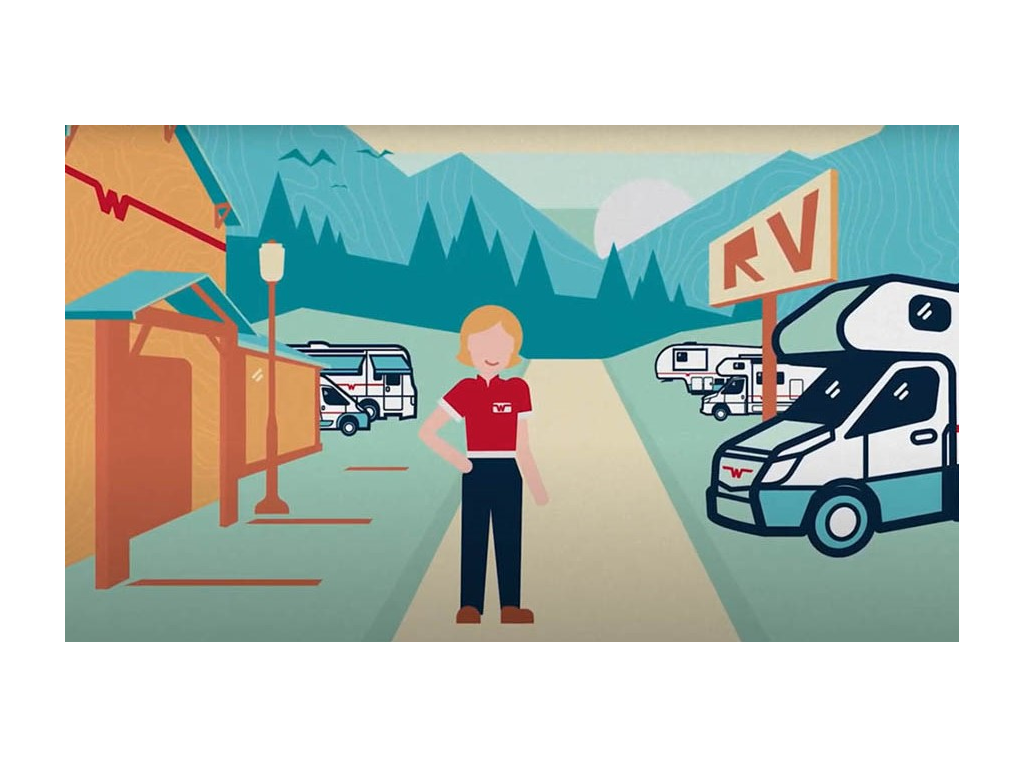
However, before heading out to shop for your RV, be sure to read this list of questions to ask the dealer – including getting information on the warranty and whether they can provide a detailed orientation. If buying a pre-owned motorhome or travel trailer, be sure to consider getting the RV inspected prior to purchasing.
Beginner RVer Basics
Once you’ve decided which RV is right for you, it won’t be long until it is time to hit the road! While there is definitely a bit of a learning curve at first, the stress is easily lessened by tapping into the many resources available to you on how to RV successfully –including your fellow RVers.
Here are some of the RVing basics to get you started:
1. Driving an RV
First things first, you’ll have to drive your RV off the lot! If this is something you are nervous about, rest assured that many adventurers were in your very position and have plenty of tips to offer. Check out this article about easing into RV driving or read tips for driving a big rig. You’ve got this!
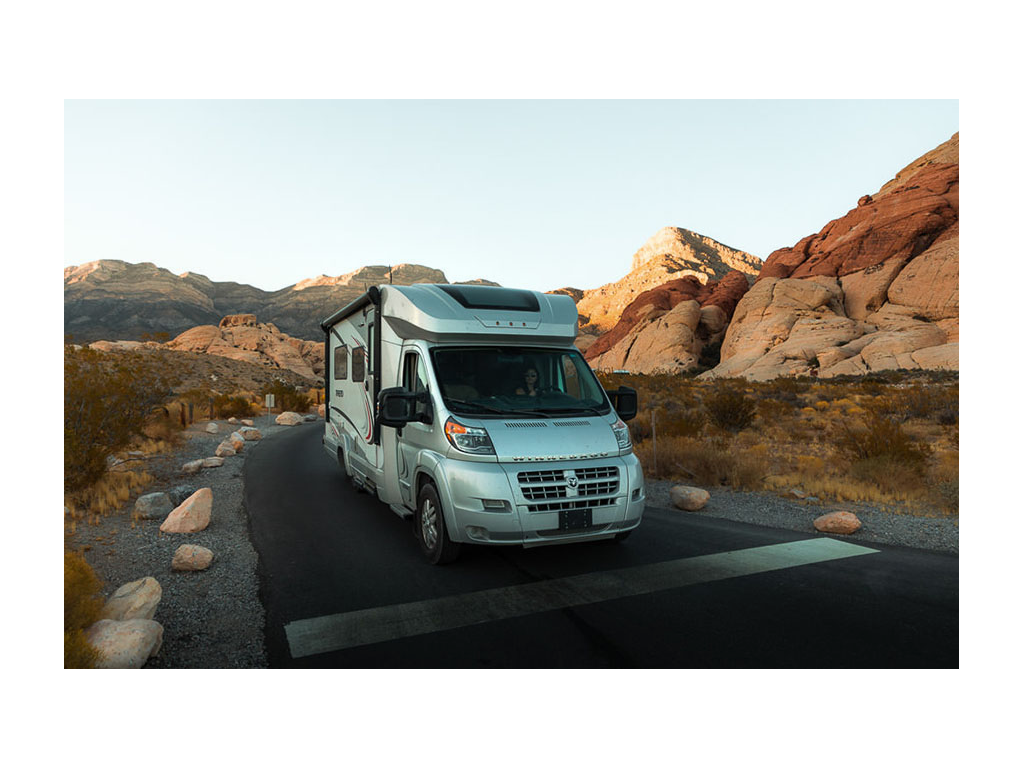 Photo by Jon & Nadia Bajuelo.
Photo by Jon & Nadia Bajuelo.
2. Taking Your First Trip
When you pick up your RV, your dealer should be able to give you a complete overview of how the components of your RV work. One of our genius GoLifers recommends recording this orientation so that you can refer to it later. Before heading to your first campsite, it is especially important to know how to plug into power, fill and empty your tanks, and level your RV. Read more about the basics here.
3. Gearing Up
When you first set out in your RV, you’ll also need certain tools and accessories to make your trip a success. There are some must-haves, like a drinking/potable water hose, pressure regulator, electrical adaptor, and extension cord. However, you may also want to consider items like a cell signal booster or an outdoor grill depending on your travel style. Read more tips on gear here.
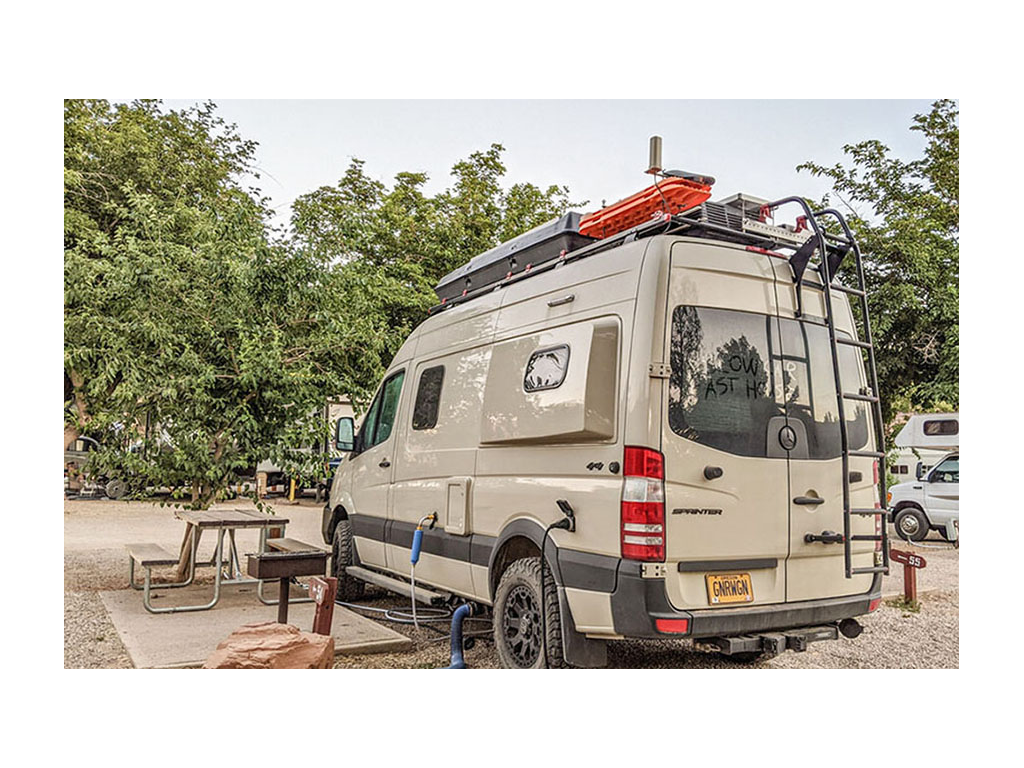 Photo by Kelly Laustsen & David Somach.
Photo by Kelly Laustsen & David Somach.
4. Setting Up & Leaving a Campsite
While understanding the basics will get you through your first RV trip, if you want to really set yourself up for success, a few of our RV pros have created checklists for setting up and leaving your campsite to help you make sure you don’t forget any important steps!
5. Boondocking/Dry Camping
Interested in camping out in nature without hookups? This can be an amazing way to spend time outdoors and make great memories. You may also choose to park in a rest stop along the way or at a Harvest Hosts location with no hookups. Learn more about the basics of dry camping here.
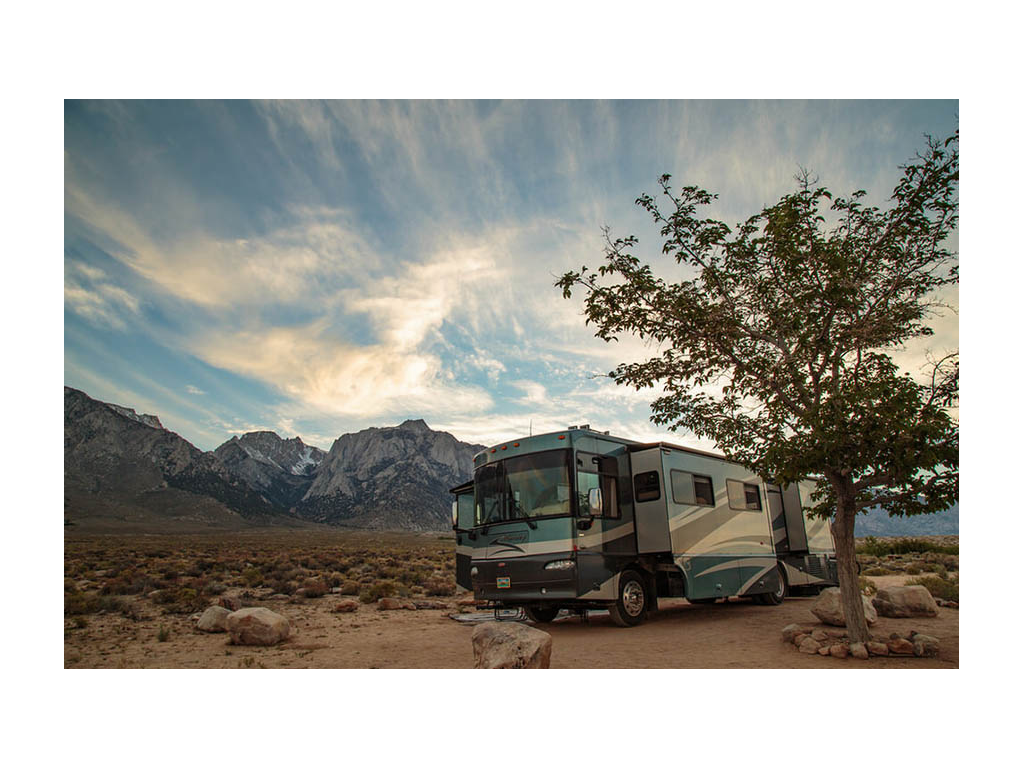 Photo by Scott & Jaime Sichler.
Photo by Scott & Jaime Sichler.
6. Planning Your RV Route
Planning around the weather is a common theme for RVers, especially full-timers, and a great way to start outlining your trip. This will also help you avoid any additional hassles as a new RVer. (For example, if you want to RV in winter you’ll need to make some additional considerations). You also want to consider which campground will be best suited for you and book ahead for popular ones – this list can help you decide.
7. Caring for Your RV
Don’t forget to also plan time to take care for your investment by cleaning it seasonally and doing regular checks outside and inside your RV. If this isn’t an activity you want to take on, your local dealer can help with many of the tasks on the maintenance lists!
A Warm Welcome to the Winnebago Community
Owning a Winnebago means more than just owning an RV, it is also about belonging to a community. For more than 60 years, Winnebago has been proud to foster a community of engaged, passionate RVers who are excited to share their love for RV travel with others.
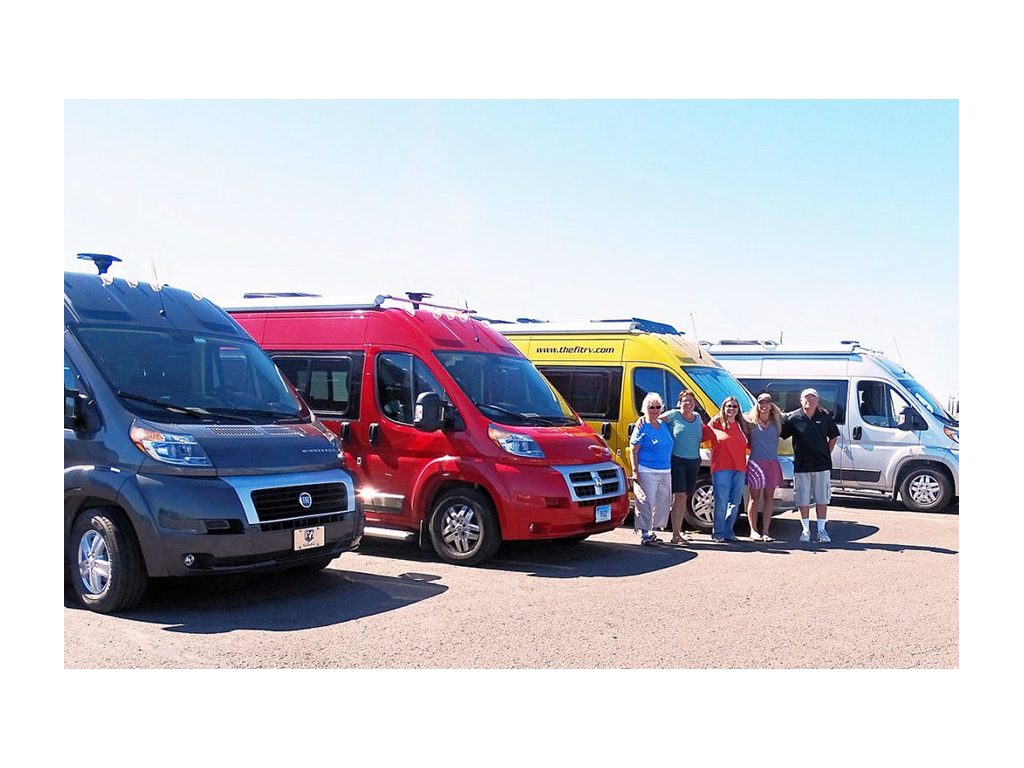 Photo by James & Stef Adinaro of The Fit RV.
Photo by James & Stef Adinaro of The Fit RV.
Be sure to join the GoLife Community Winnebago owner groups to have access to the knowledgeable and supportive Winnebago family. Also consider attending events – especially Camp Winnebago – to meet other passionate RVers and attend educational seminars.
Of course, feel free to reach out to Winnebago directly with any specific questions or issues regarding your RV. And if you ever need to have work done on your RV, the Winnebago Factory Service Center in Forest City, IA, is a trusted option that owners love. (See why!).
Winnebago is also always interested in owner feedback – voice of customer research is a key part of planning for future products. Winnebago is excited to use RVer insights to keep improving the RV life for this diverse, amazing community!
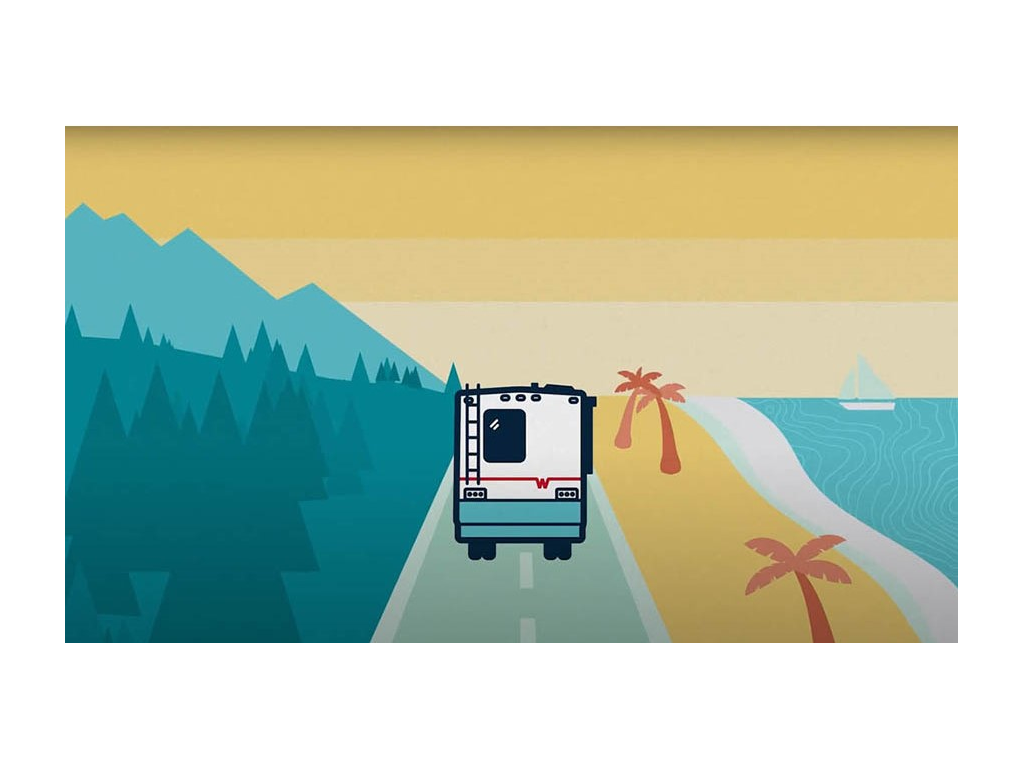
Happy travels!
Comments
Comments on this post are moderated, so they will not appear instantly. All relevant questions and helpful notes are welcome! If you have a service inquiry or question related to your RV, please reach out to the customer care team directly using the phone numbers or contact form on this page .